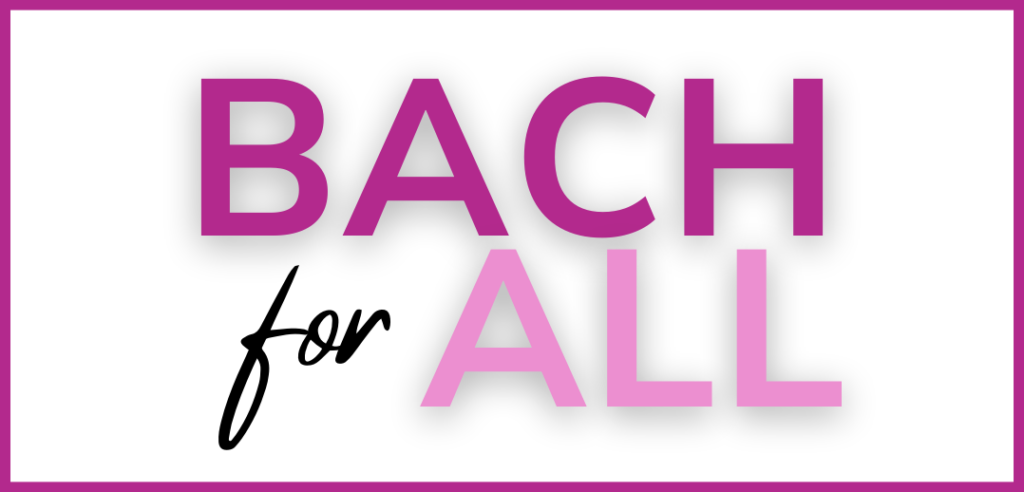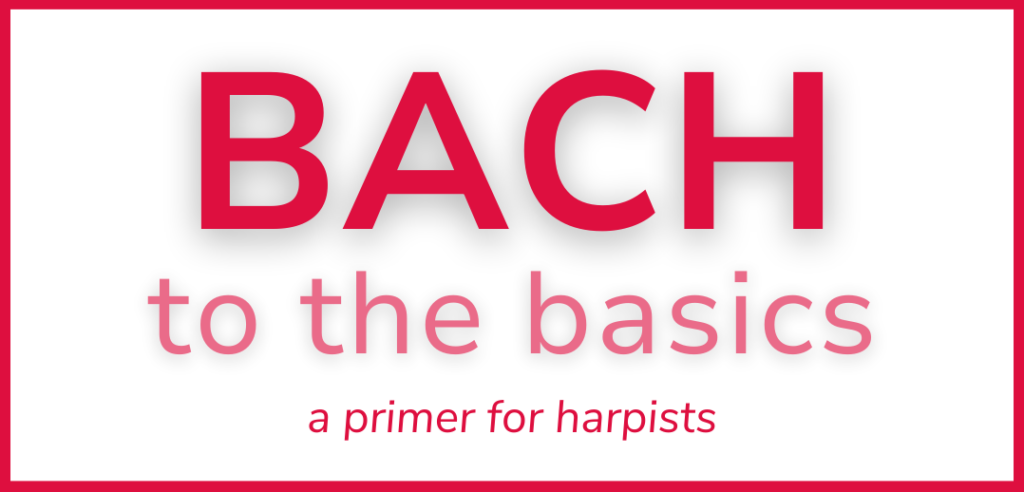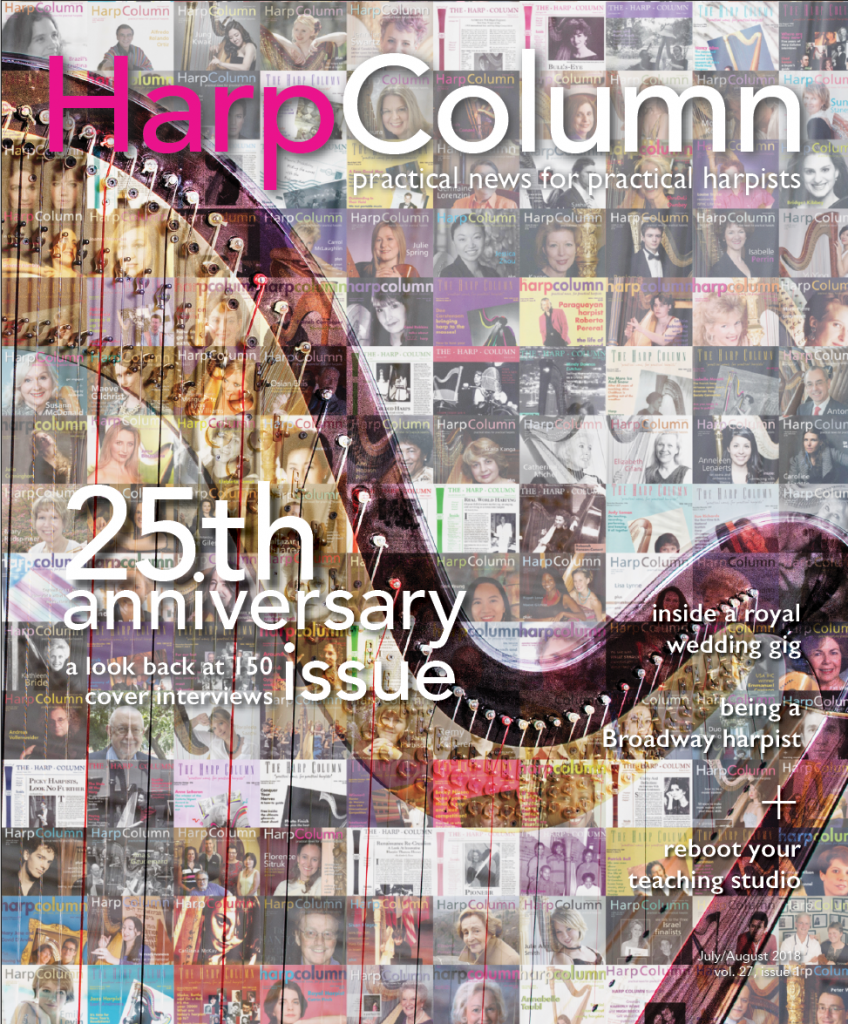Harpists are having a moment on Broadway. In 2018 there are five shows with harp in the orchestra: The Phantom of the Opera, Wicked, Hello Dolly, Carousel, and My Fair Lady (with the last three being revivals). There are also three additional shows currently running on Broadway that include harp on their Broadway cast recordings: Anastasia, Frozen, and Hamilton. (Want to know even more? Check out Broadway fun facts and extras—like whatever happened to The Fantasticks—in a special article extra.)
Henry Fanelli—Phantom
The Phantom of the Opera, opened Jan. 26, 1988. Prior to Phantom, Fanelli was the original harpist for over 20 Broadway shows and did several national tours.
The five current shows with harpists all have varying degrees of longevity on Broadway, but the most enduring of them all is The Phantom of the Opera and its long-time harpist Henry Fanelli. This year marked the show’s 30th anniversary, and Fanelli was there for all of the special events to celebrate the achievement on January 26. Festivities included a gala performance on January 24, with a pre-show red carpet presentation and a post-show on-stage performance, as well as a private party at the Rainbow Room, and a custom-designed light show that was projected onto the Empire State Building and accompanied by a special arrangement of music from Phantom. It was certainly a fitting tribute for the longest-running show in Broadway history.
Laura Sherman—Wicked
Wicked, opened Oct. 30, 2003. Sherman also played on the Hamilton Broadway cast recording in 2015. Prior to Wicked, she was the original harpist for two runs of Peter Pan on Broadway (1998 and 1999), subbed at numerous other shows, and did several international tours (1986-88).
Wicked, opened Oct. 30, 2003. Sherman also played on the Hamilton Broadway cast recording in 2015. Prior to Wicked, she was the original harpist for two runs of Peter Pan on Broadway (1998 and 1999), subbed at numerous other shows, and did several international tours (1986-88).
Meanwhile, Wicked, which will celebrate its 15th anniversary in October, keeps “flying high” at the Gershwin Theater. As the original harpist for the show, I am certainly grateful for the steady employment and enjoy the challenge of playing from a “star’s” dressing room on stage level, instead of in the pit with most of the other musicians. And being able to wear colorful clothes, instead of pit black, is so refreshing.
The current revival of Hello Dolly opened with Bette Midler on April 20, 2017, but the show celebrated its second opening night on Feb. 22, 2018, with Bernadette Peters as the lead. “While Bette and Bernadette are very different performers, their combined level of integrity is off the charts,” says Hello Dolly harpist Stacey Shames. “I have loved listening for the tiny lines and inflections they have each sharpened to receive the greatest effect and reaction.” Shames is a veteran of Broadway, having been the original harpist for two shows and subbed at a number of other shows prior to Hello Dolly.
Stacey Shames—Hello Dolly
Hello Dolly, fourth revival, opened April 20, 2017 and scheduled to close on August 25, 2018. Prior to Hello Dolly, Shames was the original harpist with Dr. Zhivago (2015) and Beauty and the Beast (1994-2007) and subbed at numerous other shows.
And in April 2018, the revivals of Carousel and My Fair Lady opened within a week of each other, bringing the harp population on Broadway to five. Carousel is harpist Kathryn Andrews’ first show, after subbing at other shows on and Off-Broadway for over 10 years, whereas My Fair Lady is Grace Paradise’s 11th Broadway show. Paradise has also subbed for numerous other shows during her long career.
A new golden age for harp
From the early age of Broadway (1920s to ’30s) through the “Golden Age” (1940s to ’60s), a year with five or even six harps on Broadway was considered good. But once synthesizers came onto the scene in the 1970s, it became less common to use live harp in the pit. Henry Fanelli, who has been playing on Broadway for over 50 years and whose pre-Phantom career included more than 20 Broadway shows and several national tours, saw the trend first-hand. “There were always jazzy shows and rock shows that didn’t use harp, but it wasn’t until the synthesizer showed up that things really changed,” he says. “And of course the reduction of orchestra sizes also made the harp expendable in many cases.”
Kathryn Andrews—Carousel
Carousel, fifth revival, opened April 12, 2018. Prior to Carousel, Andrews subbed at three Broadway shows and one Off-Broadway show (The Fantasticks).
So, why the uptick in Broadway shows with harp in 2018? The decision to include harp, or any instrument, in a show’s orchestration is complicated and involves many people (composer, orchestrator, producers, etc.) and factors (style of music, space in the pit, what the union-regulated minimum number of musicians is for each theater, etc.). One reason for the present surge might be that the three current revivals all included harp in their original orchestrations. However, having harp in the original orchestration doesn’t guarantee its inclusion in a revival since the scores are often reorchestrated, and sometimes the harp is omitted. This happened in three recent revivals—A Chorus Line (2006-08), Evita (2012-13), and Sweeney Todd (2005-06)—all three had great harp parts in the original scores, but were sadly left out of the revivals.
On a positive note, Fanelli says he senses change in the air. “Little by little, though, I think it became clear that the synthesizers couldn’t quite do everything a real harp could do, for example, glissandos. At least, that’s my guess.” I too have noticed an increase in the number of Broadway orchestrators who have asked me to review their harp parts. Whether or not these new shows make it to Broadway with harp parts intact, there does seem to be more interest in using live harp whenever possible.
Grace Paradise—My Fair Lady
My Fair Lady, fourth revival, opened April 19, 2018. Paradise also played on the Frozen Broadway cast recording in 2018. Prior to My Fair Lady, Paradise was the original harpist for 10 Broadway shows and subbed at numerous other shows.
A day on Broadway
Ever wondered what it is like to be a Broadway harpist? Having steady work 52 weeks of the year during each show’s run is certainly reassuring, especially in an expensive city like New York. Thanks to the flexible attendance policy for musicians, and few or no rehearsals after the show has opened, we can also freelance, relying on our excellent subs to fill in during our absences. And being able to leave our instruments at the theater and take the train, subway, or even walk to work is a huge bonus.
While there isn’t really a typical day for each of us, our lives do revolve around the show’s scheduled performances: eight shows a week, usually over six days and typically with two double-show days. Sometimes during holiday weeks, a ninth show is added to the schedule. That schedule usually leaves us with one “dark day” (day off) each week. This can make for some long days away from family, friends, and pets, but I suspect most harpists are well acquainted with this dilemma.
Shames appreciates Hello Dolly’s imposed schedule since it gives shape to her freelance performing and teaching activities, as well as a secondary career teaching yoga and wellness. The Broadway show schedule also allowed her to spend mornings and most afternoons with her three children when they were young. “I really like having a ‘theater family,’ a home base, a locker, great colleagues around me, and that feeling of collective pride as a show moves from rehearsals to tech, previews, opening, and beyond,” she says.
Andrews at Carousel also enjoys being a part of the creative process. She says she was especially excited to work with everyone during the extensive rehearsal period and 47 preview performances before opening night. “Frequently, we would arrive to a preview with new music on our stands,” she notes. Originally from New Jersey, Andrews has also enjoyed having friends and family in the audience almost every week since opening night. “It is great to know that people are out in the crowd listening for the harp,” she says.
A-five, six, seven, eight!
Staying fresh while playing the same music every night is a big part of a Broadway harpist’s life. Henry commented that the better the part, the less of a problem this can be. “The really easy shows are the boring ones, though a steady paycheck can make the most boring job tolerable.” At his show Phantom, there are five different conductors, all with different ideas about tempos and subdivisions, making it “more about keeping on your toes than keeping fresh.”
Since there is no keyboard at Carousel, Andrews says her harp part is largely non-stop. Sometimes the harp is part of the rhythm section and sometimes it plays a more traditional, coloristic role. She adds, “I rarely take my fingers off of the harp. It’s such a fun part. And being in an open pit allows us to really connect with the actors on stage and with the audience.”
Shames also enjoys focusing on the energy and subtleties of the performances on stage. “Feeling a part of the collective art form is the key to embracing a long run. And I love having a cup of tea next to me throughout the entire show.”
While we are playing the same music every night, no two shows ever feel the same to us. With different conductors, occasional understudies on stage, and different sub musicians in the pit, the shows feel remarkably different each time. Perhaps this is part of the “magic” of live theater and Broadway, in particular, with its long history and seasoned performers.
Expect the unexpected
Inevitably, because it is live theater, something unexpected is going to happen, whether it’s a dropped line by a performer, stage fog blocking the view of the conductor, or a broken harp string or pedal rod. “The unexpected can actually be welcome and fun,” Shames points out. “It is part of what makes Broadway truly live and alive, unless it’s a broken string right before a big solo.” Andrews agrees, “Even if marshmallows go flying off the stage and hit you while you’re playing, it’s the unexpected things that make it interesting.”
At Wicked, a broken pedal rod allowed me to sit in the pit for the first time during a performance, instead of my usual location in the harp room on stage level. I welcomed the chance to hear the orchestra play “live” while waiting for the harp technician to arrive. Since then, I usually keep a second harp in the harp room, in case of emergencies. Most Broadway harpists are in the pit, however, where there isn’t enough room to store a second instrument. Grace uses two harps at My Fair Lady, one in the pit and one on the stage, and spends most of her intermissions tuning.
Curtain call (bow and exit music)
All of us harpists currently on Broadway expressed how grateful we are for our jobs and for being a part of the theatrical experience. Working year-round can be demanding on harpists and harps, but being able to support ourselves and our families with steady work and helping to entertain people is truly a privilege.
Fanelli and I could find only one real downside to playing long-running shows: a shift in our body clocks. As he put it, “Working at night has made me a night person. I’m definitely not a morning person. But I’m sure there are Broadway harpists who are up at the crack of dawn. Not me.” I can certainly relate to that. Traditionally, Broadway performers say “Good Morning” to each other before the matinées, which usually start at 2 p.m.
If you do come to see one of our shows, make sure to stop by the pit and say hi, or in my case, give me a shout on social media (@busytuning) since I’m not in the pit at Wicked. Stay tuned, all of you lovers of harp on Broadway, (pardon the pun). The harp’s future looks as bright as the stage lights. •

















